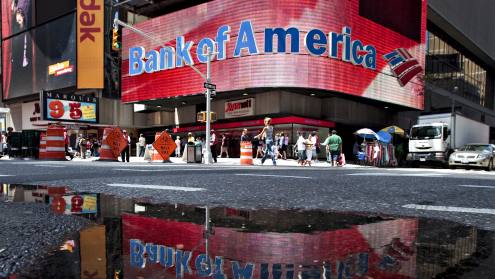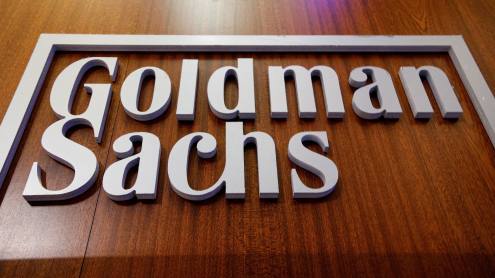The Banker’s 2010 Top 1000 World Banks ranking reveals that the global banking industry is returning to health. The efforts of many western banks to deleverage and rebuild their capital base is reflected in a 15% increase in the Top 1000’s aggregate Tier 1 capital to $4915bn and a decrease in total assets of 0.9% to $95,532bn.
The ranking is led by Bank of America Merrill Lynch, which received massive government aid less than two years ago but has since absorbed its Merrill acquisition and strengthened its capital.
The renewed vigour of the top 25 is striking. Last year they recorded a $32.4bn loss – unprecedented in the 40-year history of the Top 1000 world ranking. While several of the biggest victims of the subprime crisis continue to haemorrhage money, this year, the top 25 recorded a positive contribution of $19.1bn. Some banks rebounded with extraordinary profits – including Wells Fargo, up by $65.4bn.
The make-up of the top 25 remains largely unchanged, with only two exiting to make way for two new entrants. The UK’s Lloyds Banking Group enters straight in at 12 following its crisis-driven acquisition of HBOS (previously, Lloyds was at 48, with HBOS at 32); while French banks Groupe Banques Populaires and Groupe Caisse d’Epargne, last year at 35 and 63, respectively, have merged to form Group BPCE, which joins the top 25 at 18.
The two banks squeezed out were Agricultural Bank of China, which held Tier 1 capital steady and slipped from 24 to 28; and Japan’s Mizuho, which suffered a 12.5% fall in capital and dropped 10 places to 26.
The top 10 may be dominated by Western banks, but in a signal of the growing power of Asia, the world’s two most profitable banks were Chinese: Industrial Commercial Bank of China and China Construction Bank Corporation, at seven and 15 in the Top 1000 ranking, respectively.
It is hard to argue against the growing presence of the emerging markets. With a traditional focus on retail lending, their banks were less exposed to the structured financial instruments that caused so much trouble for the Western banks and they have been steadily growing: profits in Asia (excluding Japan) rose 10% to $160bn, and in Latin America doubled to $35bn. The slow rise of these countries shows a structural change.
The top 25 BRIC banks account for 11% of the top 1000 Tier 1 capital, dominated by 14 Chinese banks which account for a whopping 72% of the top 25 BRIC’s Tier 1 capital.
For now, western banks still account for the lion’s share of aggregate Top 1000 Tier 1 capital, however, with the EU27 representing almost 40% and the US just under 20%. The UK represents 8.9% of the Top 1000’s Tier 1 capital, versus China’s 8.8% and Brazil’s 2%.
But the rise and rise of Asian banks is further supported by the region’s dominance in terms of profitability. Asia accounts for the largest share of the Top 1000’s total profits at more than 37% - led by China with 25.4%. Western Europe comes second, accounting for 31%, while North America suffers the most losses but comes in third with 13.78% of aggregate profits.
While many banks have bolstered balance sheets, redressed risk management practices and undergone rigorous regulatory change, there is still more to come. In the EU, nearly 100 large, cross-border banks are to undergo stress tests and on a global scale the final outcome of Basel III is not yet known; it is likely that liquidity requirements will be tightened and more emphasis will be placed on Tier 1 capital. This means that next year’s Top 1000 is already eagerly anticipated.
For more on The Banker's rankings see Top 1000 World Banks 2010






